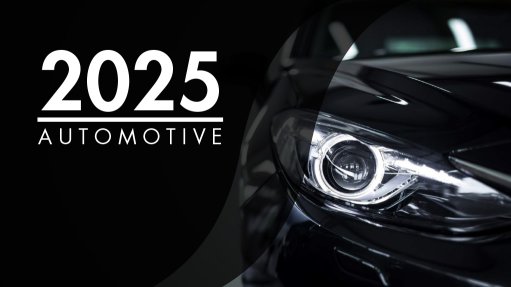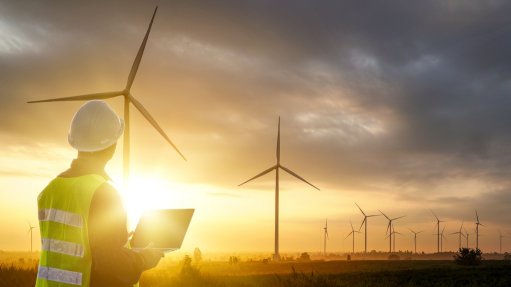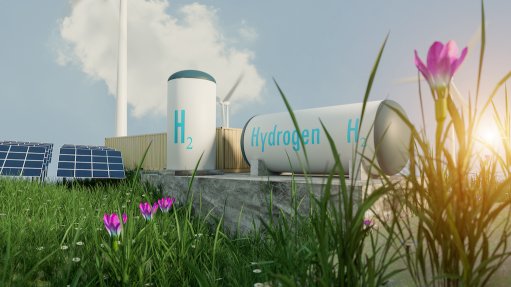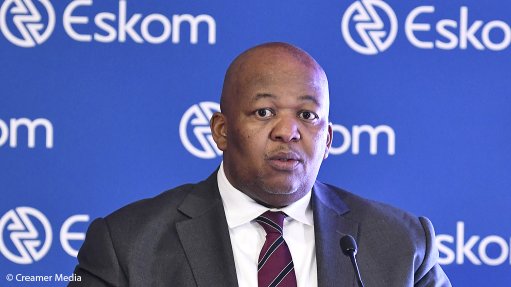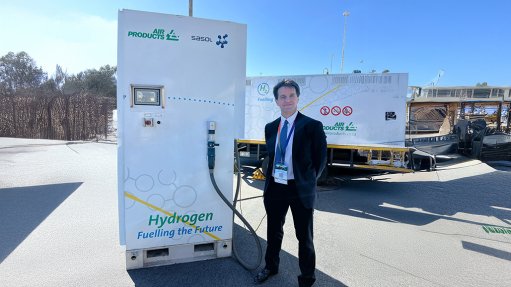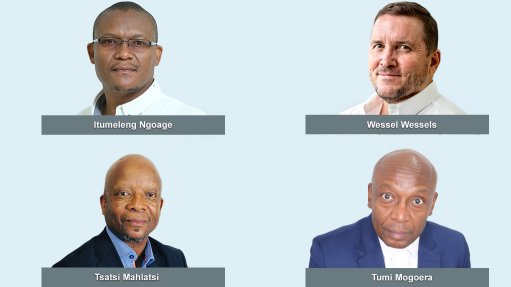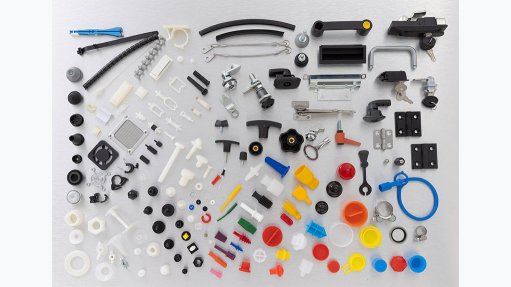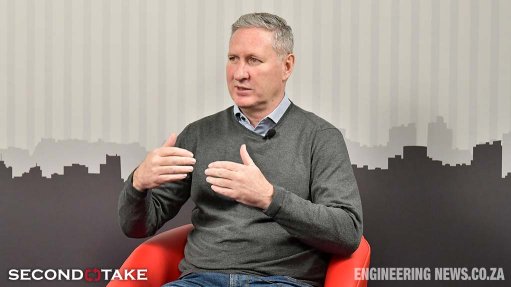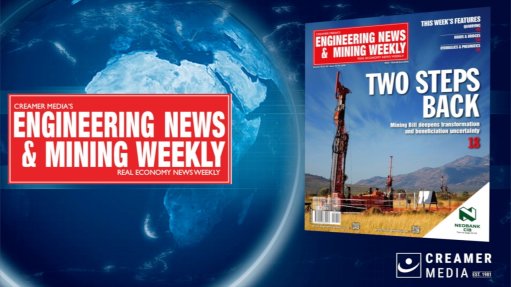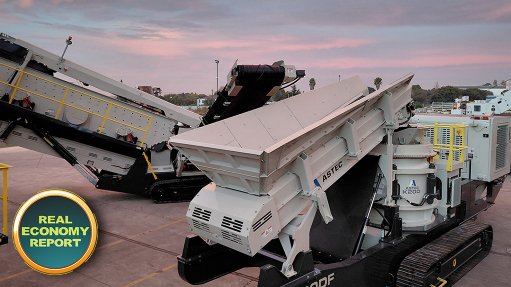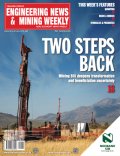Why C&I Solar PV System Performance Matters
This article has been supplied and will be available for a limited time only on this website.
By: David Raphael - Managing Director of SOLTRAK
Solar PV systems have become almost synonymous with sustainability and savings, particularly in the commercial and industrial (C&I) sector. But while project brochures promise efficiency and returns, the reality on the ground can look very different.
What causes a system that looks good on paper to underdeliver in practice? And how can businesses protect themselves from hidden pitfalls that erode both energy output and financial returns?
David Raphael, Managing Director at SOLTRAK, explores the less glamorous — but critically important — side of solar: performance. From design oversights to environmental factors and overlooked maintenance practices, he shares insights into the most common causes of underperformance in C&I systems and how to get ahead of them.
Solar as an Investment and a Lifeline Against Rising Costs
When businesses invest in solar PV systems, they’re not just buying into green technology, they’re purchasing a financial asset. “Customers procure solar systems primarily as investment instruments,” explains David. “These systems are there to achieve a certain return, and therefore, they need to perform in order to meet that return.”
Beyond investment returns, solar offers companies a buffer against electricity price volatility. In a context where energy costs often outpace inflation, solar PV systems allow businesses to utilitse electricity not susceptible to grid pricing volatility, a powerful advantage in long-term financial planning.
What Does "Underperformance" Really Mean?
Performance can only be measured against a baseline. In the world of solar, that baseline is typically the engineered baseline — the energy output predicted at the time the project was designed, based on assumptions about the site, weather, equipment, and other factors.
But as David points out, “those assumptions are made before the plant is built.” Real-world conditions such as weather anomalies, dirt accumulation (soiling), and temperature extremes can diverge significantly from projections. These real world conditions need to accounted for when interpreting the performance of the solar PV system.
Common Benchmarks and Metrics
When evaluating system performance, SOLTRAK looks at:
- Weather related variations and their impacts
- Equipment operation & uptime
- Grid availability and stability
- Environment factors such as soiling & shading.
This multi-layered approach helps distinguish between issues within the system owner's control and those that are environmental.
How Often Do Systems Meet Expectations?
It depends and often hinges on the realism of the original design assumptions, the predictability of the local climate, and the quality of ongoing maintenance. “Microclimates and poor site maintenance can significantly skew performance,” says David.
The Four Major Technical Causes of Underperformance
According to David, four technical issues account for most underperformance:
1. Poor System Construction
From poorly mounted inverters to inaccessible panel layouts and weak cable management — initial build quality matters.
2. Inadequate Cleaning
“The more you clean your solar system, especially in the drier season, the more electricity you're going to get out of it.” Dust and grime block sunlight and reduce energy yield.
3. Unnoticed Electrical Trips
If parts of a system shut down due to inverter or breaker issues, and those faults go unnoticed, it can dramatically reduce performance.
4. Overheating
Poor thermal planning — such as installing too many inverters in a confined space — can create a heat zone. Although efficient, at high power conversion volumes, even a 1% inefficiency can result in tens of kilo-watts of heat being released. Inverters dont like high temperatures and will reduce their output in order to protect against these temperatures (greater than 35 degrees C).
Design Decisions That Echo Through Time
“Design is probably the single biggest factor impacting long-term performance,” David emphasizes. Even the best-maintained system can't overcome a flawed design. Layouts must account for access, ventilation, and future upgrades. A well-thought-out design lays the groundwork for efficient operations for decades.
The Critical Role of O&M
Operations and maintenance (O&M) go far beyond just panel cleaning. Raphael stresses the importance of a comprehensive service level agreement (SLA), which should include:
- Regular mechanical and electrical assessments
- Visual inspections
- Clearly defined operating procedures
- Emergency response protocols
- Panel cleaning schedules and method statements
“The better and more clearly defined the roles and responsibilities in the SLA, the more likely the correct execution will take place, and enhance eletrical production," says David.
The Financial Cost of Underperformance
The implications of underperformance are not abstract. “Every kilowatt-hour your system doesn't produce is one you have to buy at a significantly higher cost,” says David. With electricity prices rising ±500% over the last 15 years, compared to inflation’s 200% increase, underperformance hits the bottom line hard.
Best Practices to Avoid Future Pitfalls
From the outset, system design and commissioning should prioritize quality & maintainability. Use high-quality materials, insist on walkways for safe access, and secure robust after-sales support from OEMs. During commissioning, thorough checks of system voltage and inverter outputs are critical to catch issues early.
Future-Proofing: Raphael’s Advice to Asset Owners
“Work with reputable installers. Use tested equipment suited to local conditions like high heat and limited water. And have a comprehensive SLA in place, then make sure it’s followed.” With these fundamentals in place, long-term solar PV performance is not just achievable — it’s almost guaranteed.
C&I solar systems play a pivotal role in driving energy resilience and financial stability for businesses. But that promise only holds if systems perform as intended. As David Raphael makes clear, performance isn’t an accident, it’s the result of rigorous planning, quality execution, and consistent, professional maintenance.
Comments
Announcements
What's On
Subscribe to improve your user experience...
Option 1 (equivalent of R125 a month):
Receive a weekly copy of Creamer Media's Engineering News & Mining Weekly magazine
(print copy for those in South Africa and e-magazine for those outside of South Africa)
Receive daily email newsletters
Access to full search results
Access archive of magazine back copies
Access to Projects in Progress
Access to ONE Research Report of your choice in PDF format
Option 2 (equivalent of R375 a month):
All benefits from Option 1
PLUS
Access to Creamer Media's Research Channel Africa for ALL Research Reports, in PDF format, on various industrial and mining sectors
including Electricity; Water; Energy Transition; Hydrogen; Roads, Rail and Ports; Coal; Gold; Platinum; Battery Metals; etc.
Already a subscriber?
Forgotten your password?
Receive weekly copy of Creamer Media's Engineering News & Mining Weekly magazine (print copy for those in South Africa and e-magazine for those outside of South Africa)
➕
Recieve daily email newsletters
➕
Access to full search results
➕
Access archive of magazine back copies
➕
Access to Projects in Progress
➕
Access to ONE Research Report of your choice in PDF format
RESEARCH CHANNEL AFRICA
R4500 (equivalent of R375 a month)
SUBSCRIBEAll benefits from Option 1
➕
Access to Creamer Media's Research Channel Africa for ALL Research Reports on various industrial and mining sectors, in PDF format, including on:
Electricity
➕
Water
➕
Energy Transition
➕
Hydrogen
➕
Roads, Rail and Ports
➕
Coal
➕
Gold
➕
Platinum
➕
Battery Metals
➕
etc.
Receive all benefits from Option 1 or Option 2 delivered to numerous people at your company
➕
Multiple User names and Passwords for simultaneous log-ins
➕
Intranet integration access to all in your organisation







